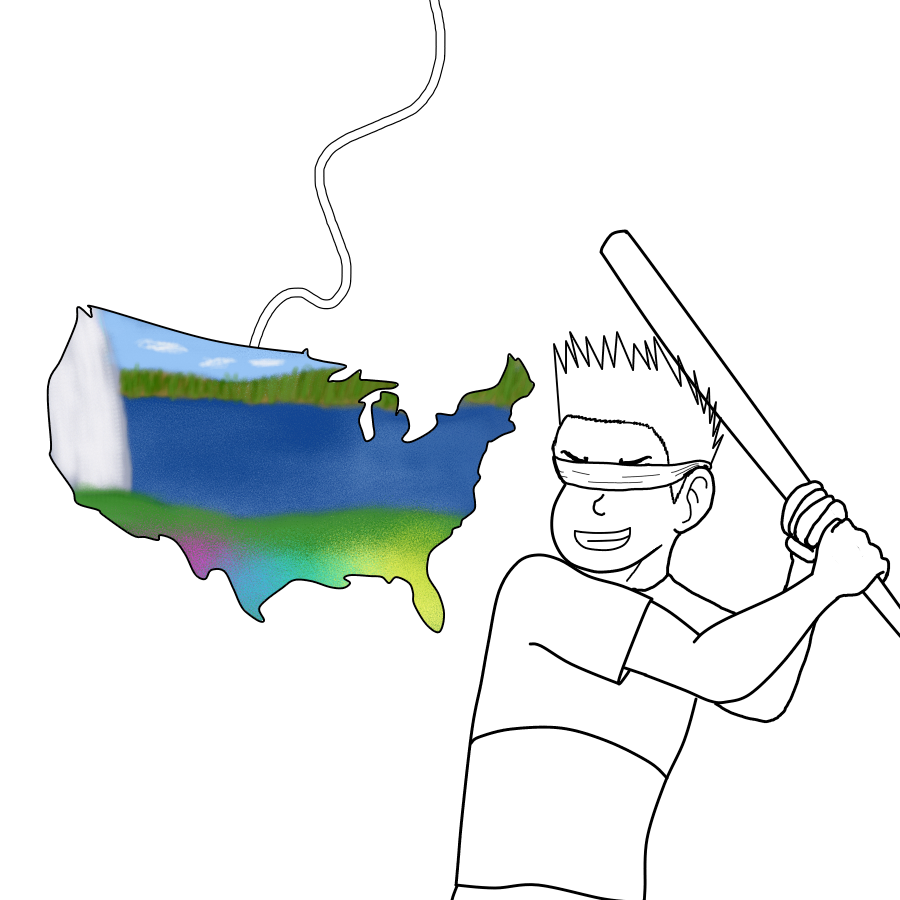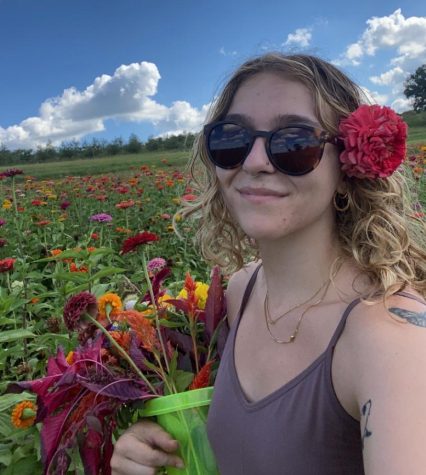Opinion | If we knew how beautiful our country is, we would want to protect it more
March 14, 2022
This year marks the 150th anniversary of Yellowstone National Park’s establishment, which was the first of 63 parks to be created in the United States and its territories.
President Woodrow Wilson signed the act creating the National Park Service in August 1916, dedicating hundreds of millions of acres of public land spread across 35 parks. The intent in creating this system was to “conserve the scenery and the natural and historic objects and the wild life therein and … leave them unimpaired for the enjoyment of future generations.” It is a sentiment still held by conservationists and parks lovers around the country.
Today, the National Park Service holds a fraction of its original amount of land — 84 million acres distributed across the 50 states, District of Columbia, American Samoa, Guam, Puerto Rico, Saipan and the Virgin Islands. But why is this? How has the original protected land set aside dwindled to such levels?
Maybe if we knew how beautiful our country actually is, we would want to protect more of it.
Although Pennsylvania is not home to any national parks, it houses a slew of beautiful state parks and natural attractions, including the Pennsylvania Grand Canyon, Presque Isle State Park and, my personal favorite, Ohiopyle State Park. Whether it’s for a day trip of hiking and swimming or making a vacation out of your travels, Pennsylvania is full of natural wonders worth exploring.
The United States as a whole, though, is home to much more biodiversity than we are exposed to. In terms of landmass, the U.S. is the fourth-largest country in the world. Considering it spans over 3.6 million square miles, we have some of the highest levels of biodiversity in the world — some of which is quickly disappearing.
America the beautiful is home to some weird creatures and exotic places — ones that have become internationally recognized. Some of our native species include Florida manatees, grizzly bears, sunflower sea star, humpback whales, grey wolves, California condors and rattlesnakes. Meanwhile we have features like sand dunes, glaciers, rainforests, expansive mountain ranges and so much more.
I think people tend to forget the true depth of the species that populate our country, but America is wild and we need to recognize that more. If we valued how each species contributed to our country’s beauty, maybe we would preserve more of them.
During his presidency, Donald Trump’s administration shrank two Utah national parks — Bears Ears and Grand Staircase-Escalante. All told, more than 2 million acres were opened up for mining. The downsizing was the most dramatic reduction of land in the Park Service’s history.
But think about it. It makes sense that Trump would have no appreciation for nature or reason to protect it. He is a native New Yorker who grew up in the city. I mean, have you seen his penthouse? It doesn’t exactly scream “ecofreak.” My best guess is that he never had the chance to cultivate a relationship with the Earth, and unfortunately we are the ones who face those consequences.
Although Trump’s legacy results in long-lasting, negative consequences for our public lands, the problem cannot be attributed to only him — it’s exceedingly a national failure.
A 2017 study from DJ Case and Associates, alongside state and federal wildlife and park agencies, found that Americans are increasingly becoming more disconnected from nature. As technology advances and becomes more widespread in access and use, people aren’t prioritizing interactions with nature, and are also unbothered by this reality. I believe this disconnection from nature is a large proponent in fueling people’s apathy toward the planet and what is done to it, as long as their modern comforts distract them from reality.
But in other cultures, nature is not only prioritized, it’s seen as an aspect of maintaining one’s health. The Japanese have a word, shinrin-yoku, which translates to forest-bathing. The term arose during the ‘80s as a psychological and physiological exercise that aimed to strengthen the connection between people and nature. After this phenomenon became a regular occurrence in Japan, researchers began to look into whether spending time in nature is good for us and, surprise, it is!
There’s actually a form of treatment called ecotherapy, which consists of treatments involving outdoor activities, and is now used in Canada. A new program is allowing doctors to write prescriptions for Canadians to visit national parks.
There is good news, though. Under President Joe Biden, the Interior Department launched a campaign to protect 30% of the United States’ land and water by 2030, part of a much bigger global initiative. Although more land needs to be conserved in order to maintain critical biodiversity, only 12% of American land is permanently protected.
Although I advocate for protecting and conserving land, we also must remember that unless you are indigenous to this continent, you reside on stolen, colonized land. This is not our land to disrespect, yet here we are. The least we can do now is protect nature and learn about whose land we reside on, and allow Native communities to utilize the land — including protected areas that the parks system does not allow for hunting, fishing or mining — the way they would if we were not here.
No matter where in the world we are, we should take the responsibility of protecting what was here before and what will exist long after we are gone. Nature gives us everything we need, so it’s only right that we ensure that quality remains true as long as we possibly can.
Grace DeLallo writes about social, environmental and political issues. Write to her at [email protected].




